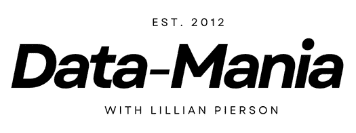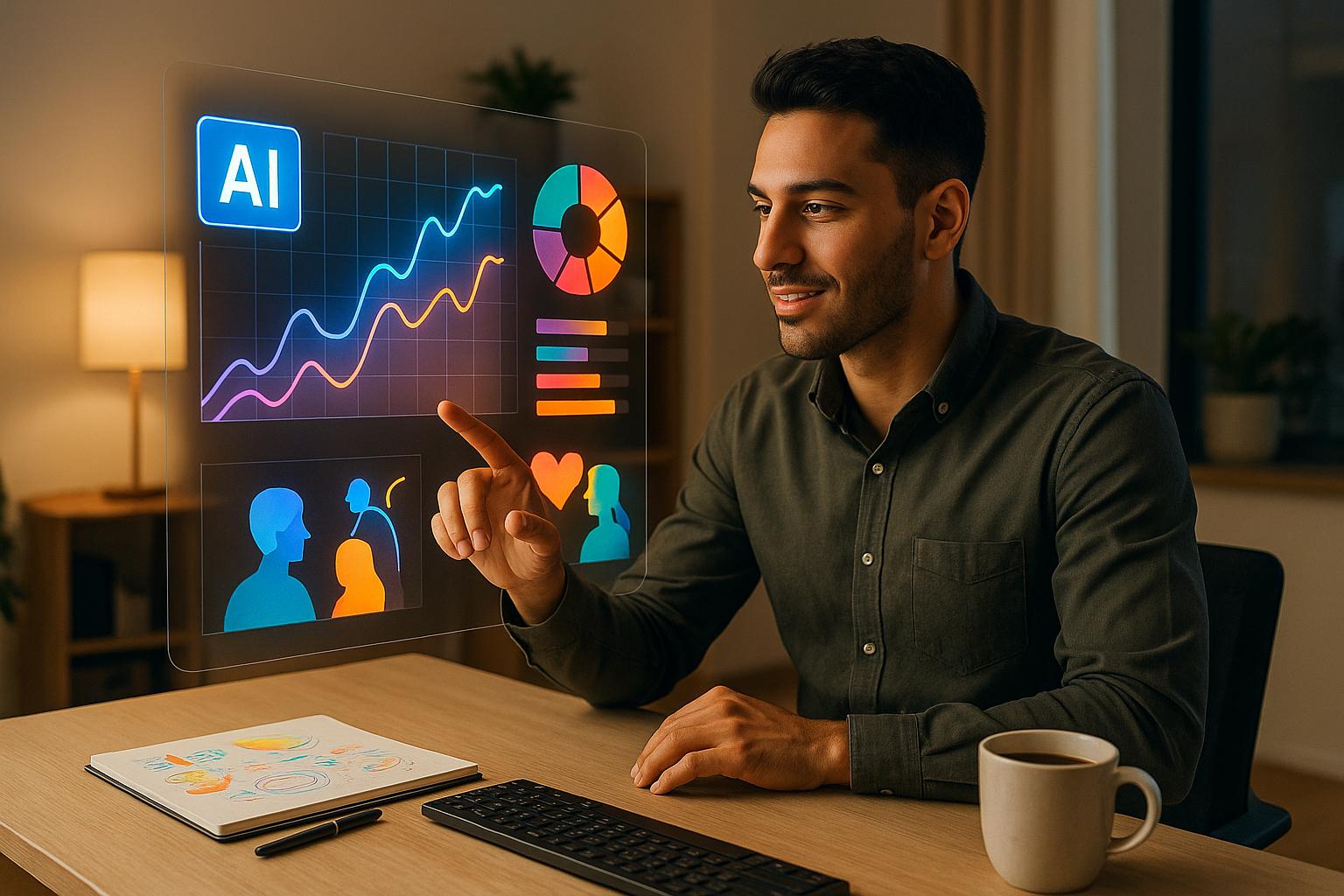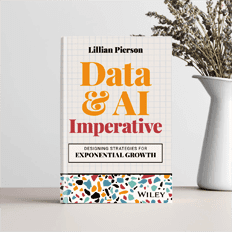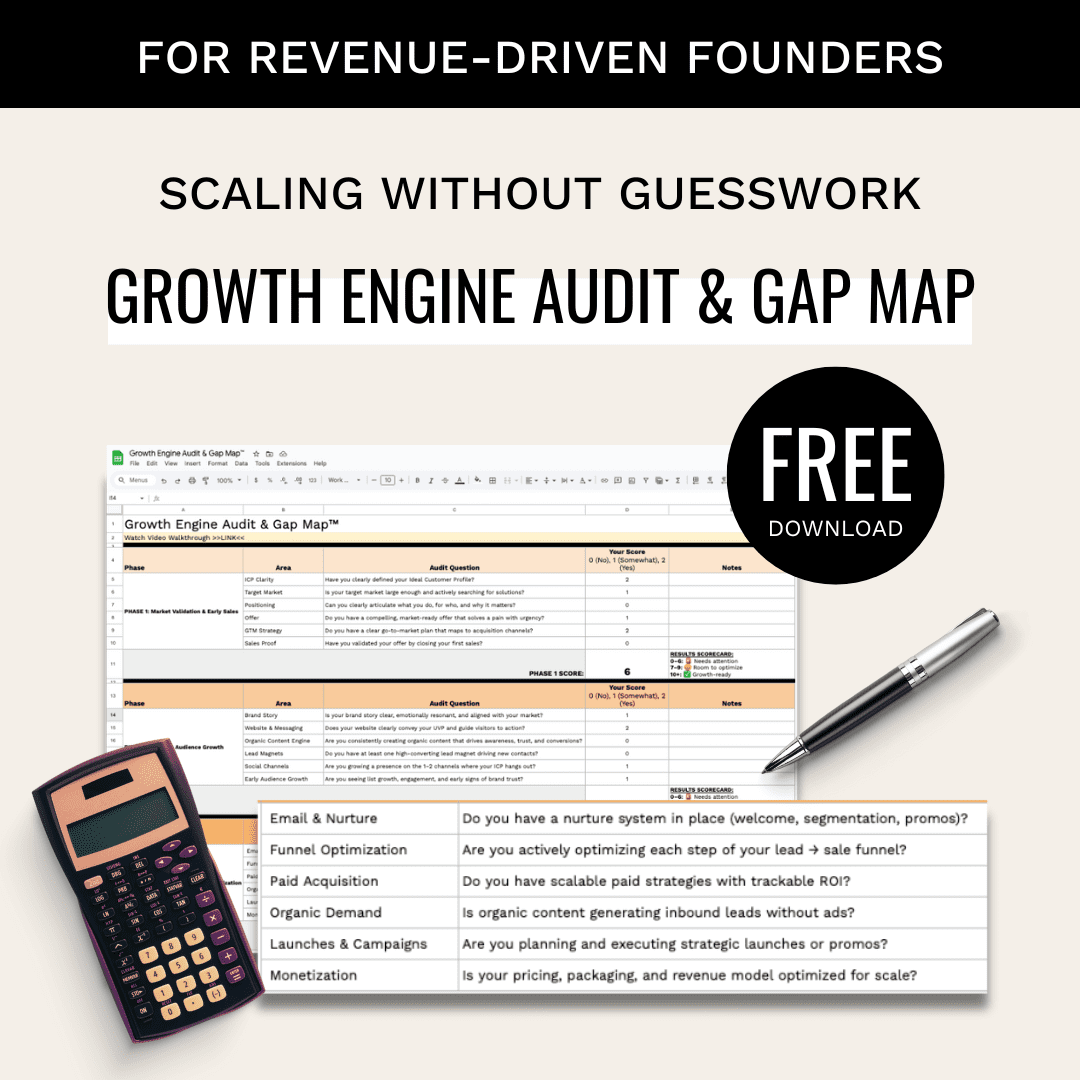Vibe marketers are transforming marketing by combining AI tools with emotional content to create campaigns faster, cheaper, and more effectively than ever before. Here’s why they could be your most important hire:
- What They Do: Use AI to handle repetitive tasks like content generation, testing, and optimization, while focusing on emotional storytelling and trend-based strategies.
- Why It Matters: They can launch campaigns in hours, cut marketing costs by 70-80%, and grow revenue 60% faster than traditional methods.
- Key Skills: AI platform expertise, trend analysis, real-time data optimization, and creative strategy.
- Who Needs Them: Startups and small teams looking for high-impact marketing without the overhead of large teams.
Quick Comparison
| Aspect | Traditional Marketing | Vibe Marketing |
|---|---|---|
| Team Size | Large (10+ specialists) | Small (1-2 marketers + AI) |
| Campaign Launch Time | Weeks to months | Days to hours |
| Cost Efficiency | High overhead | 70-80% lower costs |
| Optimization | Manual reviews | Real-time AI adjustments |
| Trend Adaptation | Slow | Instant via AI insights |
Vibe marketers are the answer for businesses seeking faster results, lower costs, and smarter campaigns. Ready to learn how they work? Let’s dive in.
Vibe Marketing Explained: The Fast, AI-Driven Approach B2B Teams Shouldn’t Ignore
Comparing Vibe Marketers to Standard Marketing Roles
The gap between vibe marketers and traditional marketing roles isn’t just about job titles – it’s about how they approach their work. From campaign creation to engaging with audiences, these two roles operate on entirely different wavelengths.
AI Tools vs Manual Methods
Vibe marketers rely heavily on AI tools to tackle tasks that once required entire teams. This shift is reshaping the way marketing campaigns are planned, created, and executed.
| Aspect | Traditional Marketing | Vibe Marketing |
|---|---|---|
| Campaign Creation | Created manually by specialized teams | AI-assisted content generation with human input |
| Testing Capacity | Limited manual testing of variations | Automated testing at scale |
| Tool Integration | Separate tools requiring manual coordination | Unified AI platforms with automated workflows |
| Data Analysis | Regular manual review cycles | Real-time analysis and adjustments |
| Content Production | Step-by-step, department-focused process | Parallel processing with AI assistance |
This reliance on AI boosts efficiency dramatically. Traditional marketers often spend much of their time on execution, while vibe marketers focus on strategy, leaving AI to handle the operational workload. Some companies have reported cutting marketing overhead by as much as 70–80% thanks to this approach. Beyond cost savings, vibe marketers also thrive when it comes to staying on top of trends and connecting with audiences.
Trend Analysis and Audience Connection
Vibe marketers excel at blending AI-powered insights with human creativity, allowing them to quickly identify trends and turn them into compelling campaigns. Unlike traditional marketers, who may need weeks to adapt to emerging trends through manual research and planning, vibe marketers use AI to:
- Track social media activity in real time
- Analyze customer behavior instantly
- Create trending content in just hours
- Launch multi-channel campaigns simultaneously
- Optimize campaigns on the fly using live data
What sets vibe marketers apart is their ability to maintain emotional appeal while harnessing the efficiency of AI. With automation handling tasks like content generation and performance tracking, these marketers can focus on building genuine connections with their audience. This combination of technology and creativity gives vibe marketers an edge that traditional roles struggle to replicate.
Key Skills of Successful Vibe Marketers
Vibe marketers are a rare blend of technical experts and creative visionaries. They skillfully use AI tools while ensuring campaigns remain emotionally engaging and relatable.
AI Marketing Platform Expertise
A strong grasp of AI-powered platforms is at the heart of a vibe marketer’s toolkit. These platforms streamline operations, enabling marketers to focus on crafting impactful campaigns.
| Platform Type | Core Function | Key Capabilities |
|---|---|---|
| Workflow Automation | Campaign Management | Multi-channel coordination, automated scheduling |
| Content Generation | Creative Production | AI-assisted copy, image, and video creation |
| Analytics Systems | Performance Tracking | Real-time data analysis, predictive modeling |
| Testing Platforms | Campaign Optimization | Automated A/B testing, performance optimization |
By seamlessly integrating these tools, vibe marketers develop "self-improving marketing processes." Each campaign generates data that refines and enhances future efforts. This technical prowess creates a foundation for identifying trends – a vital skill for staying ahead in the marketing game.
Trend Spotting Methods
Spotting trends requires both cutting-edge technology and a keen sense of cultural relevance. Vibe marketers rely on several strategies to stay ahead:
- Real-Time Monitoring Systems
AI tools help track social media chatter, consumer behavior, and emerging market trends, allowing marketers to identify opportunities almost instantly. - Predictive Analytics Integration
By blending historical data with live insights, they can forecast where trends are heading and launch campaigns before trends hit their peak. - Automated Content Testing
AI enables simultaneous testing of different content versions, making it easier to pinpoint what resonates most with audiences.
Data Analysis for Campaign Growth
Data-driven decision-making is another hallmark of successful vibe marketers. They leverage their expertise in analytics to fine-tune campaigns for better results. Key areas of focus include:
- Monitoring performance in real time across various channels
- Making automated adjustments based on live data
- Assessing cross-channel impact to refine strategies
- Using predictive models to anticipate and adapt to market shifts
The magic lies in balancing automation with human insight. While AI handles the heavy lifting – like crunching numbers and tweaking campaigns – vibe marketers concentrate on creative and strategic choices that require a human touch.
sbb-itb-e8c8399
Adding Vibe Marketing to Your Business
Integrating AI-driven marketing, or "vibe marketing", into your business can streamline operations and inject creativity into your campaigns. Here’s how to get started.
Setting Up AI Marketing Tools
The first step is to evaluate your current marketing stack and identify repetitive tasks that can be automated. Focus on setting up essential AI tools to create a solid foundation for your vibe marketing system. Here’s a quick breakdown of tool categories and their purposes:
| Tool Category | Purpose | Key Features |
|---|---|---|
| Workflow Builders | Process Automation | Campaign scheduling, cross-platform integration |
| Content Generation | Creative Production | AI-written copy, image creation, video editing |
| Analytics Tools | Performance Tracking | Real-time metrics, automated reporting |
| Testing Platforms | Optimization | A/B testing, audience segmentation |
Start small – pick one area, like social media or email marketing, to integrate these tools gradually. Once your AI tools are in place, you’ll be ready to craft campaigns that resonate with current cultural trends.
Building Trend-Based Marketing Plans
To develop campaigns that align with emerging trends, focus on systematically monitoring cultural shifts. For example, Digital First AI showcased how their AI agent created a complete marketing strategy in minutes instead of weeks. The system even personalized communication ideas across various channels while staying true to the brand’s voice.
Here’s how to build trend-aware marketing plans:
- Monitor Cultural Shifts: Use AI tools to track trending topics and audience behavior.
- Validate Relevance: Ensure the trends you focus on align with your brand values and resonate with your audience.
- Create Response Templates: Set up automated workflows to deploy campaigns quickly.
- Test and Iterate: Leverage AI-powered testing to refine and improve campaign performance.
This method ensures your campaigns are not only timely but also data-driven and effective.
Common AI Campaign Mistakes to Avoid
When incorporating AI into your marketing efforts, watch out for these common pitfalls:
- Overautomation: It’s tempting to let AI handle everything, but keep human oversight for crucial decisions like budget allocation and creative direction. While AI excels at execution, strategic thinking should remain in human hands.
- Poor Data Integration: Make sure your systems communicate effectively. For instance, advertising data should guide content creation, and social engagement metrics should inform customer targeting.
- Rushed Implementation: Don’t dive into complex AI functions right away. Start with simple workflows, like automating social media posts, before tackling advanced features like predictive analytics. For example, Maria Isabel from Digital First AI demonstrated how basic AI workflows can automatically generate 15 days of social media content.
Taking a measured approach helps you avoid setbacks while building a reliable AI-driven marketing strategy.
Business Results from Hiring Vibe Marketers
Budget and Team Size Benefits
For tech startups, hiring a vibe marketer can slash marketing costs by as much as 70-80% thanks to lean, AI-powered strategies. Compare this to traditional marketing, and the advantages are clear:
| Aspect | Traditional Marketing | Vibe Marketing |
|---|---|---|
| Team Size | Large teams (10+ specialists) | Small teams (1–2 marketers) |
| Time-to-Launch | Weeks to months | Days to hours |
| Budget Efficiency | Higher overhead | Up to 70–80% cost reduction |
Speed of Campaign Creation
AI-driven marketing doesn’t just save money – it supercharges growth. Companies leveraging this approach grow revenue 60% faster and pivot to consumer trends twice as quickly as their competitors. A great example is Digital First AI, where Maria Isabel’s team crafted an entire 15-day social media plan in minutes. This included brand-aligned captions, custom graphics, and deployment schedules. The speed of execution not only improves efficiency but also opens doors for expanding into untapped markets.
Growing into New Markets
Beyond the cost and speed benefits, vibe marketers excel at market expansion by using data-driven targeting and adapting to audience preferences. With AI tools, they analyze customer behavior, sales trends, and social media activity to uncover new growth opportunities.
Here are two standout examples of this approach in action:
- Coca-Cola’s "Create Real Magic" Campaign
This campaign used AI-powered creative tools to connect with new audiences, resulting in over 7 million social impressions and 120,000+ submissions. - Spotify‘s AI DJ Feature
By personalizing the user experience with AI, Spotify saw 40% weekly user engagement and 30% longer listening sessions, while also broadening its appeal across diverse demographics.
"The opportunity gap is MASSIVE – and temporary. Early adopters are quietly outperforming their competition by 5-10x in efficiency. By this time next year, the difference between companies using vibe marketing versus traditional methods will be painfully obvious." – Samanyou Garg, Founder and CEO @Writesonic
These examples highlight how vibe marketers blend AI technology with audience insights to fuel business growth, all while keeping operations streamlined and campaigns lightning-fast to execute.
Conclusion: The Role of Vibe Marketers in Modern Marketing
AI-native professionals, known as vibe marketers, are transforming how tech startups grow by combining speed, efficiency, strategic vision, and creativity. They’re not just adapting to modern marketing – they’re redefining it.
Here’s what makes vibe marketers stand out: they enable quick campaign testing, deliver real-time market insights, manage multi-channel outreach, and streamline operations – all tasks that once required entire marketing teams. Their expertise allows startups to achieve more with fewer resources.
When searching for your next vibe marketer, look for candidates with:
- Proven skills in automation and data analytics
- Experience in strategic planning and prompt engineering
- Familiarity with API integration and developer tools
- A track record of AI-driven campaign success
This unique combination of creativity and tech expertise is reshaping marketing teams. Vibe marketers turn traditional setups into agile, AI-powered pods that deliver faster, smarter results.
"AI-led growth represents the new frontier of marketing… their secret weapon lies in integrating newly accessible tech with strategic vision." – Mostafa ElBermawy, CEO & Founder of NoGood
As we’ve seen, vibe marketers aren’t just improving campaigns – they’re driving the next wave of growth. Their ability to leverage AI while keeping a sharp strategic focus makes them indispensable for tech startups that want to stand out in today’s fiercely competitive market.
FAQs
How can small businesses adopt vibe marketing strategies without spending a lot upfront?
Small businesses can dive into vibe marketing by embracing budget-friendly tools and strategies that highlight creativity and emotional connection. Start by exploring free or inexpensive AI tools to simplify content creation. These tools can help you craft social media posts or ad copy that strikes a chord with your audience on an emotional level.
Stay plugged into your community to pick up on current trends and topics that matter to your customers. Keep an eye on social media and online forums to uncover insights into what your audience values. Use this information to design campaigns that feel genuine and relevant.
Don’t be afraid to try small-scale campaigns to see what resonates. Even with a limited budget, you can make a big impact by focusing on building real connections. The trick is to remain flexible, gather feedback, and fine-tune your strategy as you go.
What AI tools are crucial for a vibe marketer to create impactful, scalable campaigns?
Vibe marketers use a combination of AI-driven tools to simplify their creative workflows and produce campaigns that connect with audiences on a personal level. Generative AI platforms like ChatGPT and MidJourney are invaluable for quickly crafting engaging copy, visuals, and fresh ideas. Meanwhile, automation tools such as Zapier and HubSpot make it easy to execute campaigns smoothly across multiple channels. To top it off, analytics platforms like Google Analytics and Tableau offer critical insights to fine-tune strategies and track performance.
By blending creativity with data-backed precision, these tools help vibe marketers deliver campaigns that strike an emotional chord while staying in tune with cultural movements.
How do vibe marketers create AI-driven content that feels authentic and connects with audiences?
Vibe marketers combine an understanding of cultural trends with AI-driven tools to create content that feels genuine and emotionally impactful. By staying in tune with what’s popular, what audiences care about, and the subtle details of cultural contexts, they direct AI systems to develop campaigns that strike a chord with people.
This mix of human ingenuity and AI’s ability to work quickly makes it possible for vibe marketers to deliver content that’s engaging and culturally aligned on a large scale – an ideal approach for growing brands looking to form meaningful emotional bonds with their audience.
Related posts
- AI Agents in Marketing: The Secret to Driving 10x Engagement & Conversions
- 5 Ways AI Can Optimize Marketing ROI for your Tech Startup
- AI Growth Marketing: Forecasting Use Cases
- Vibe Marketing: What It is and Why You Need to Get Started Now





